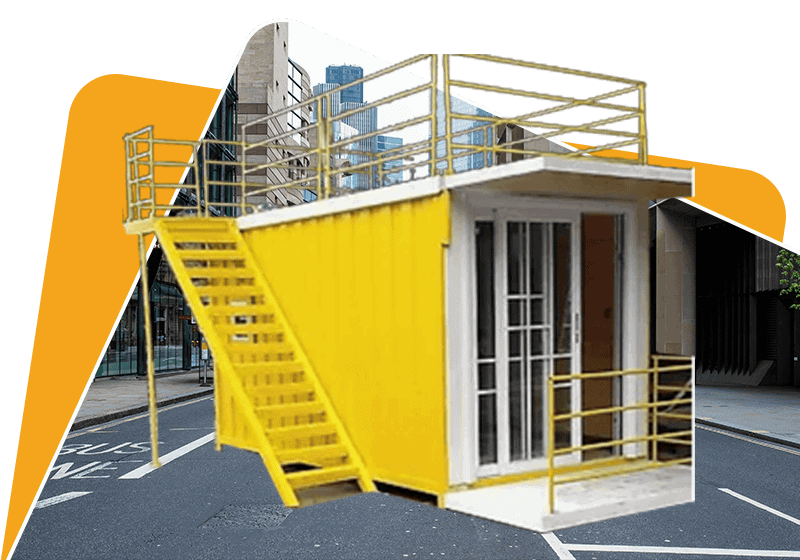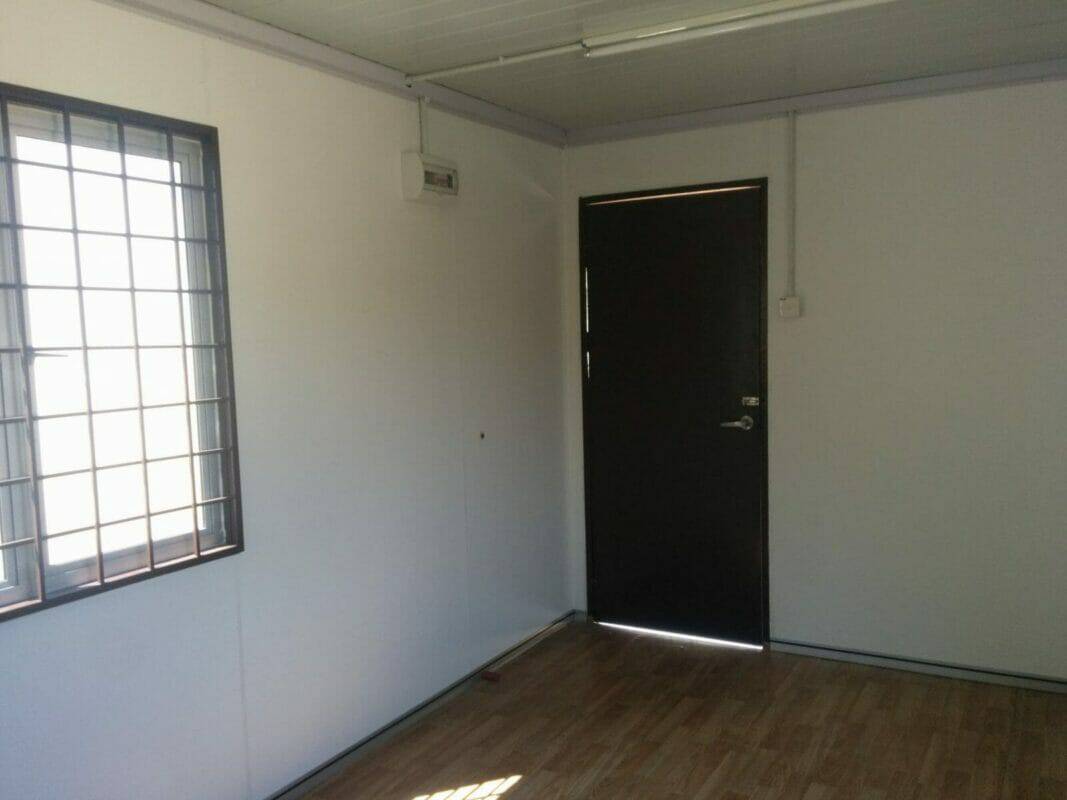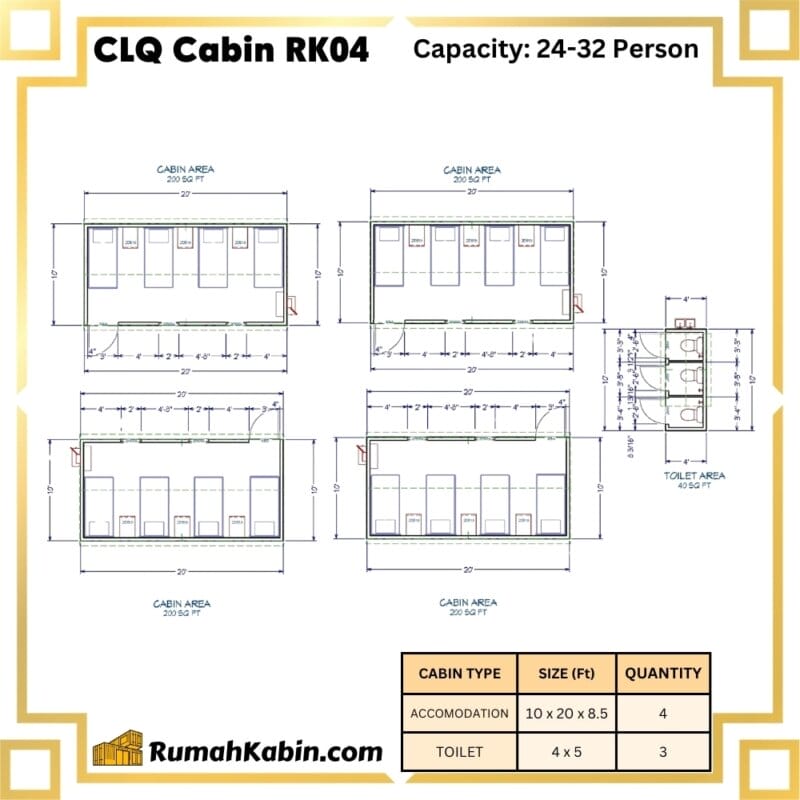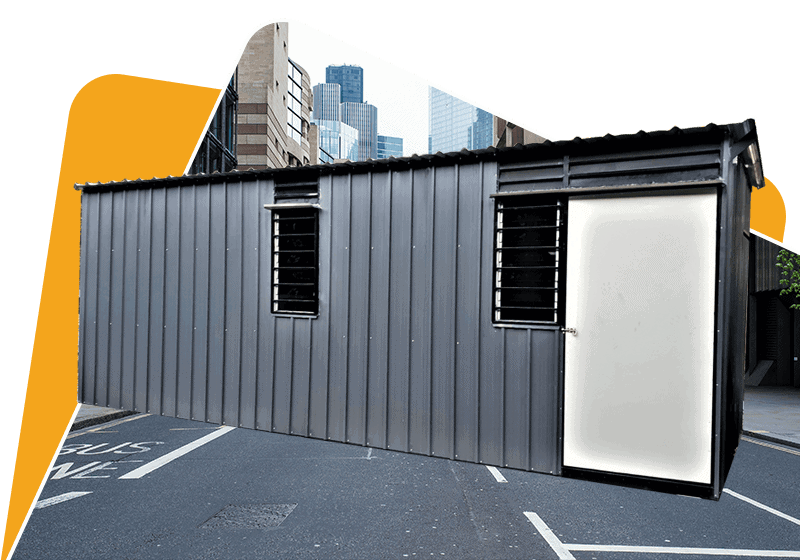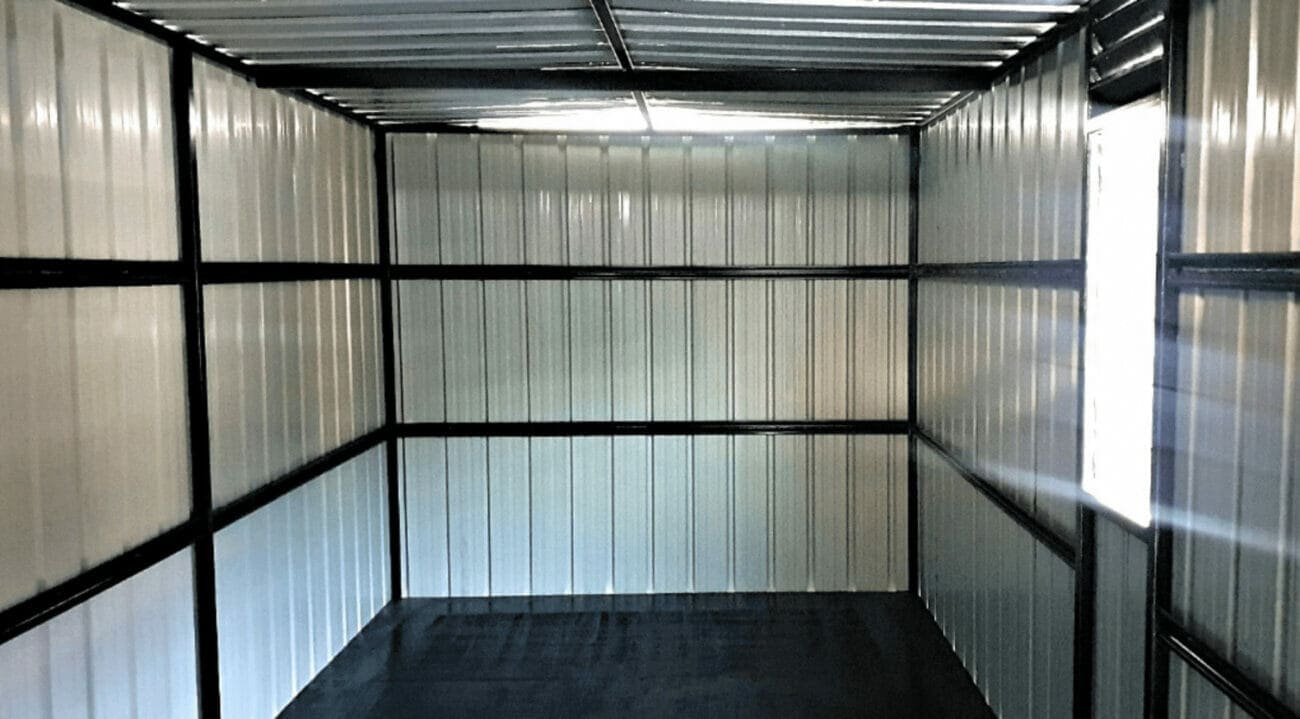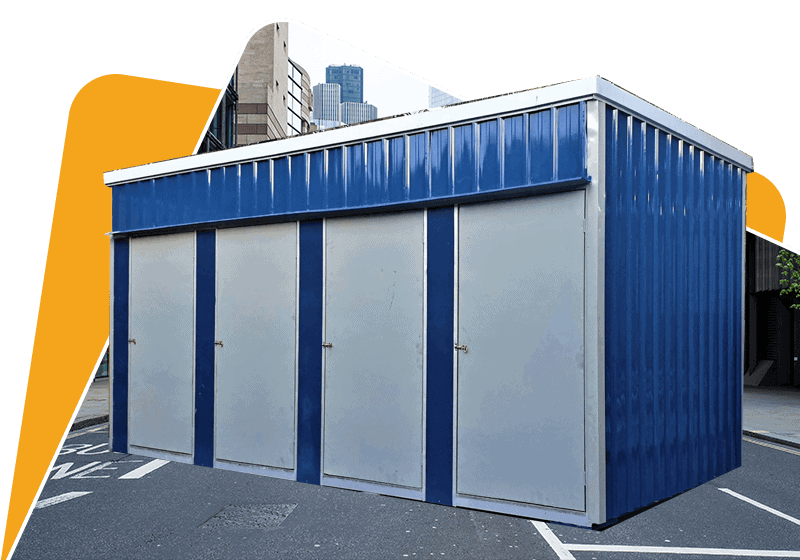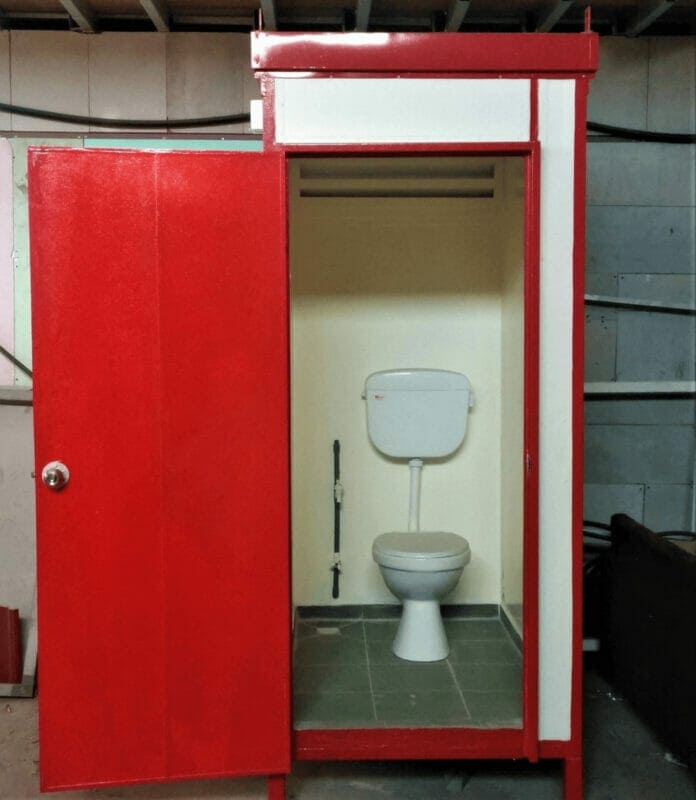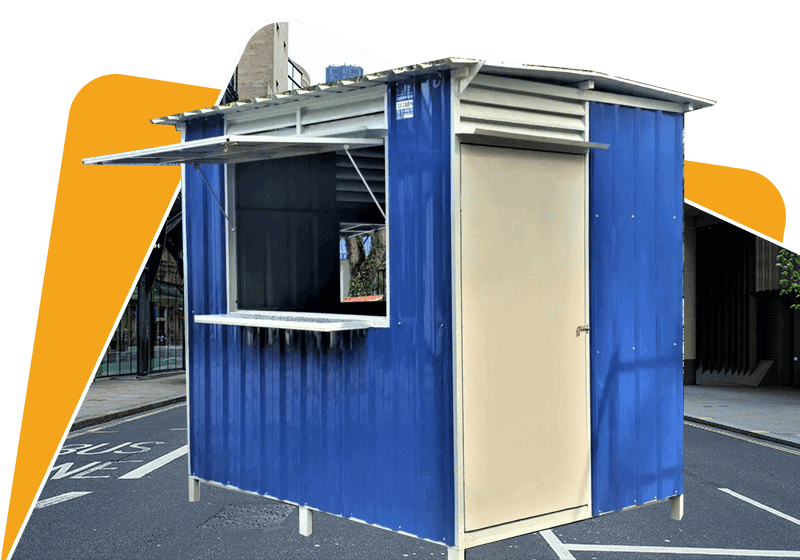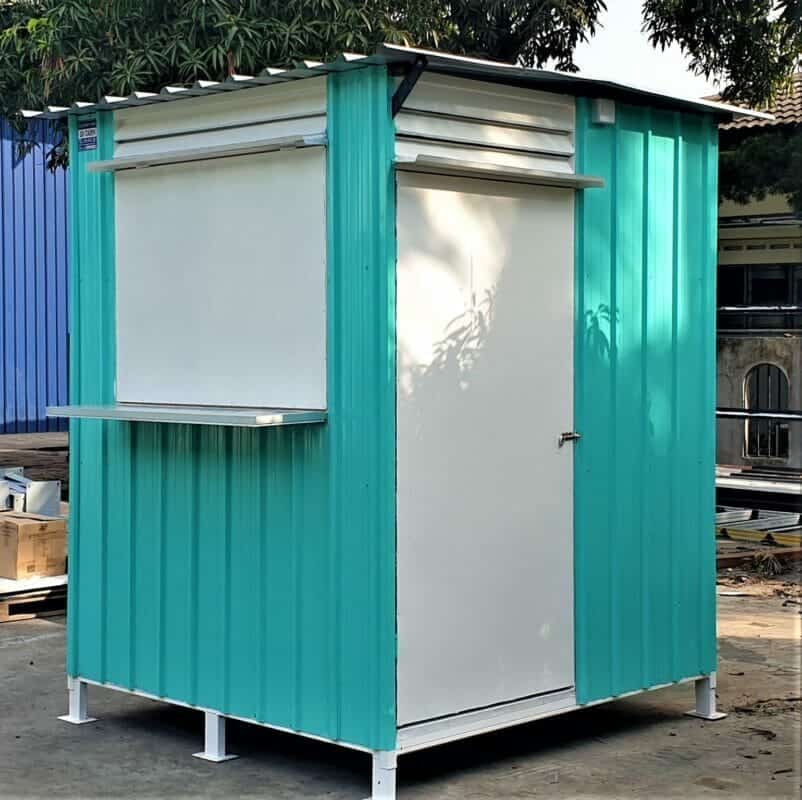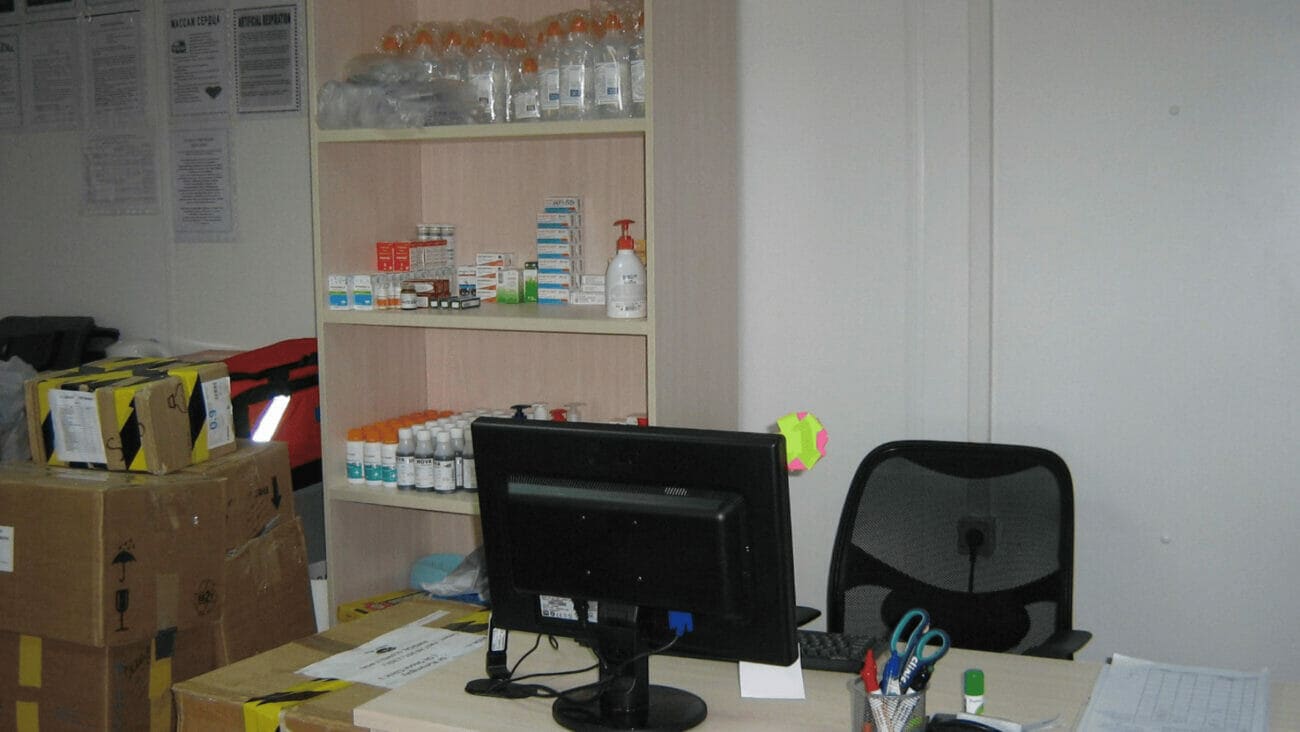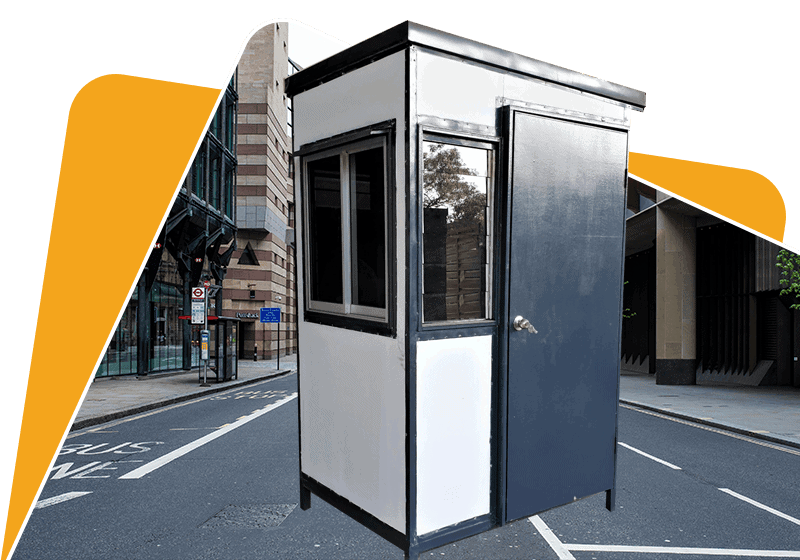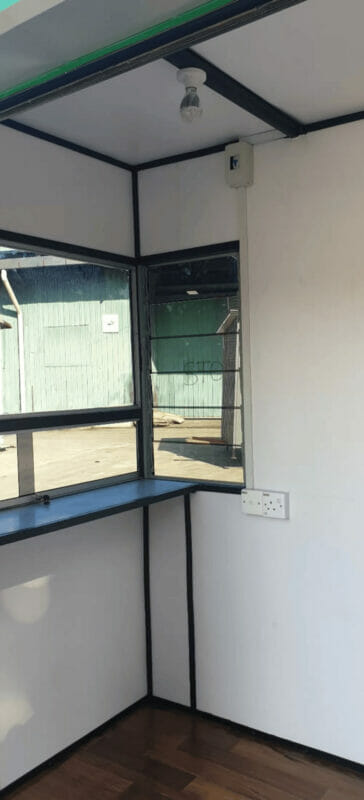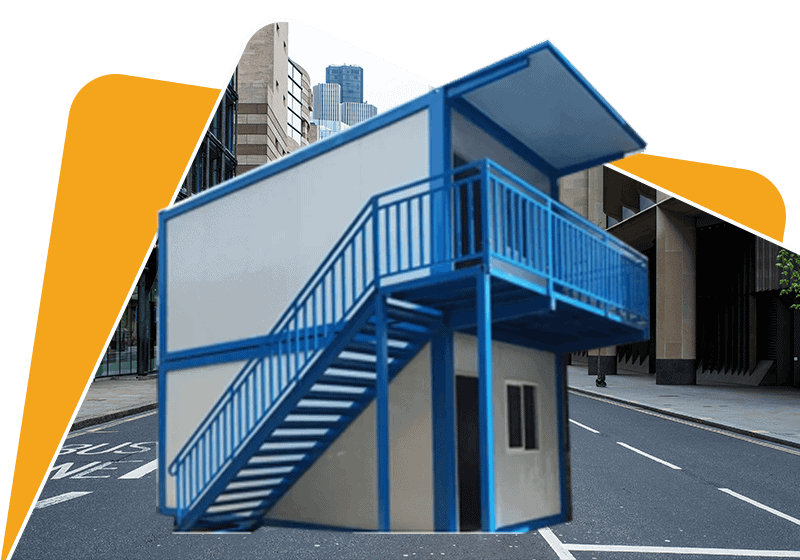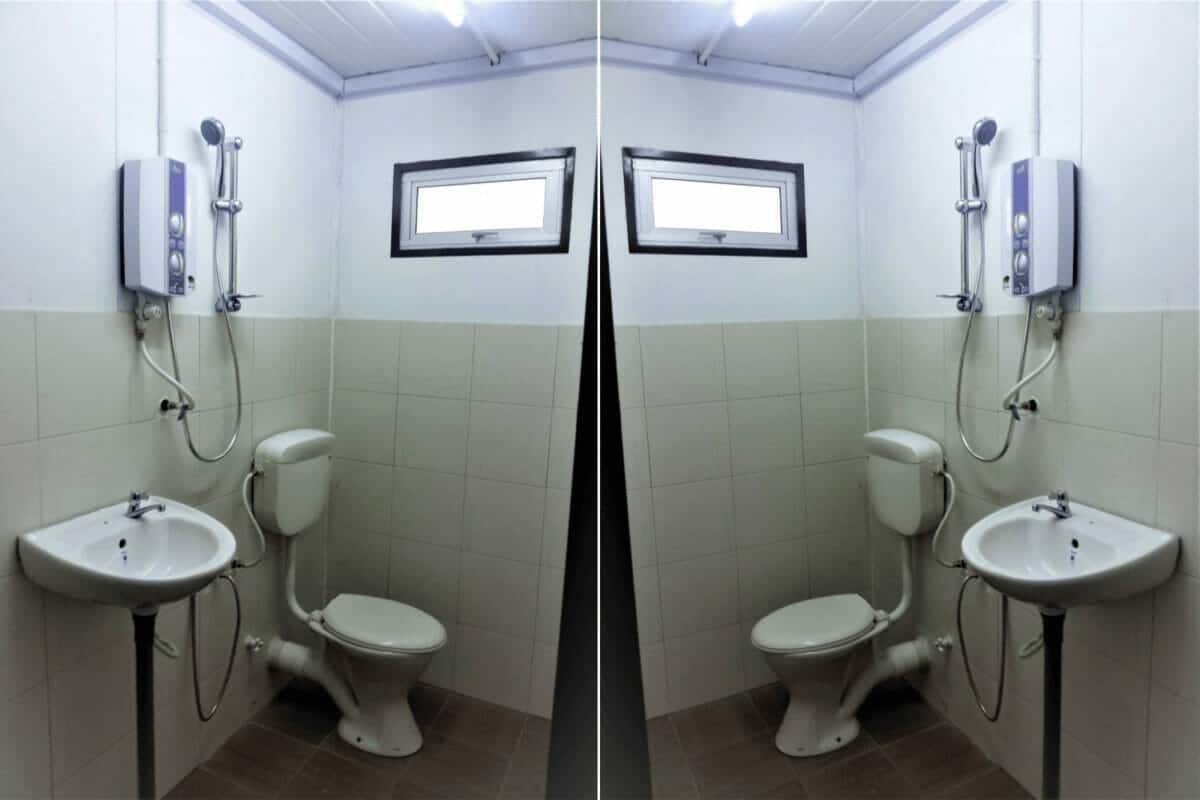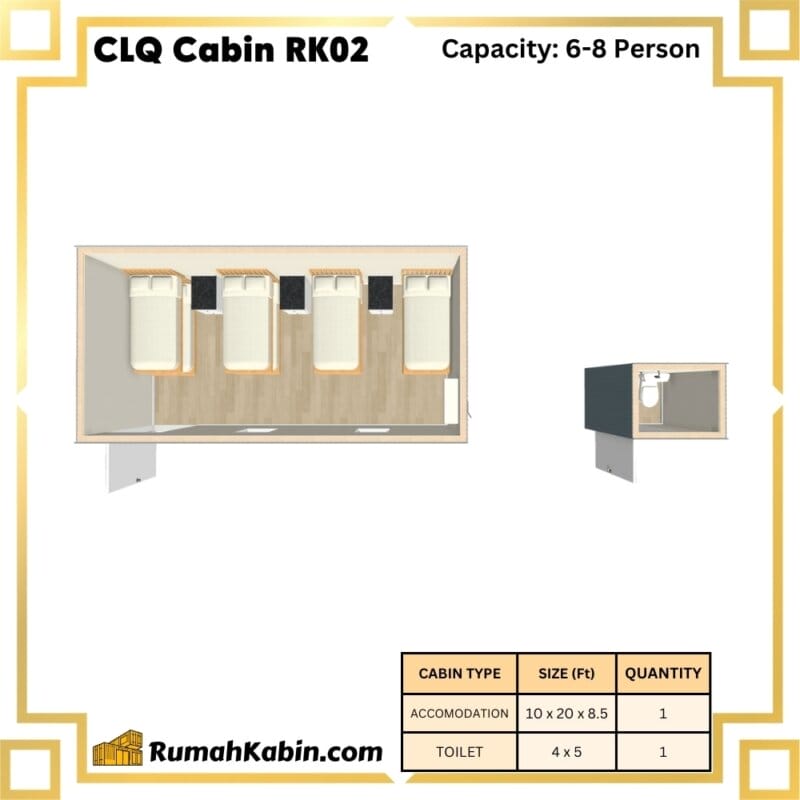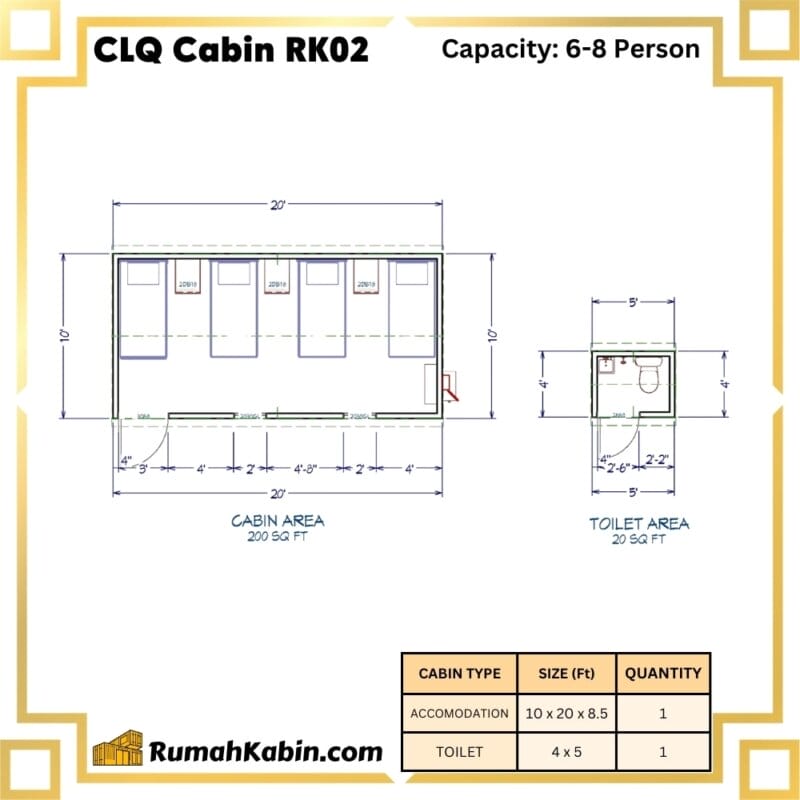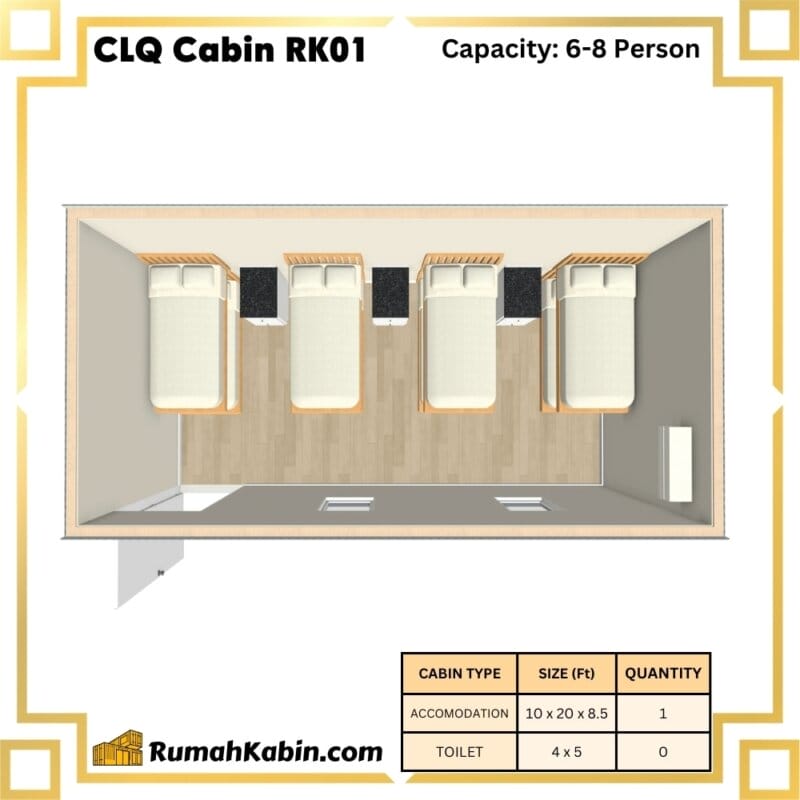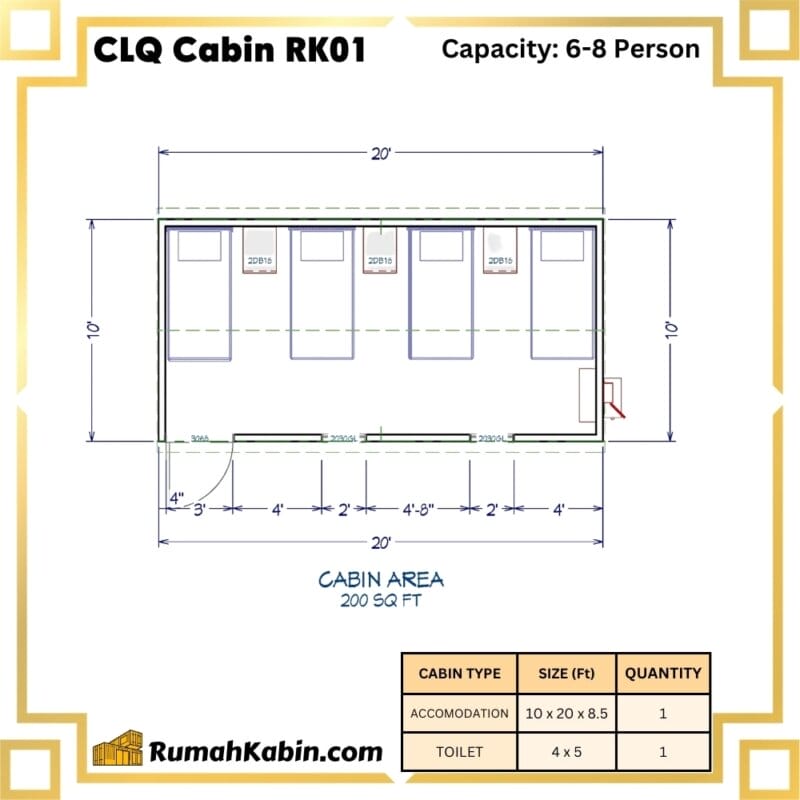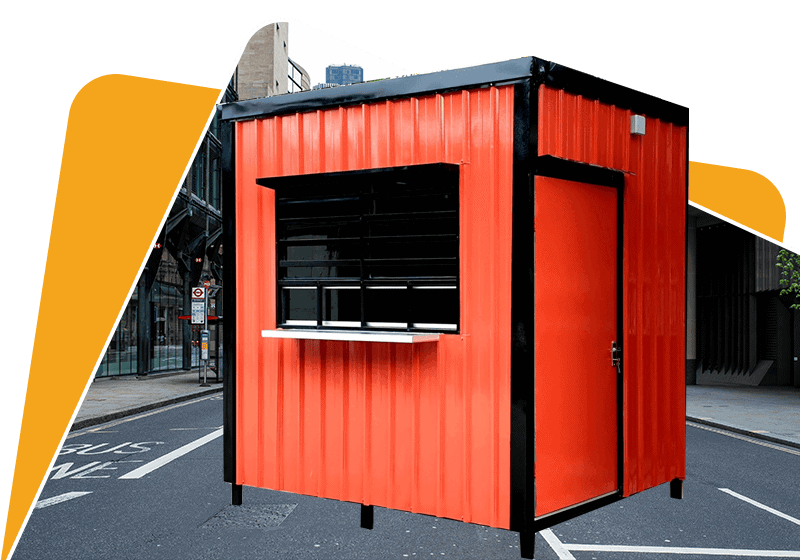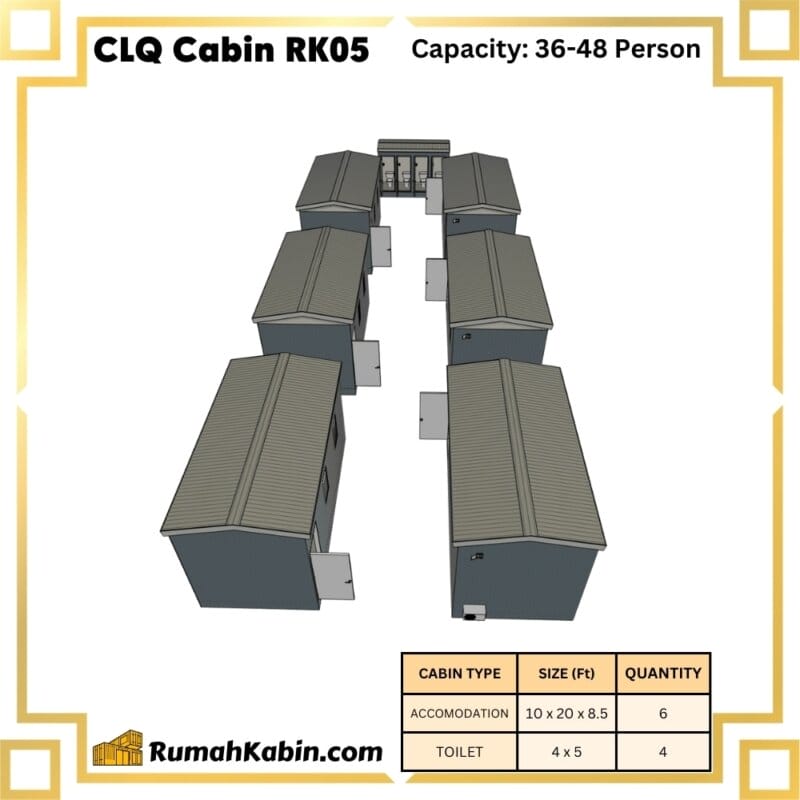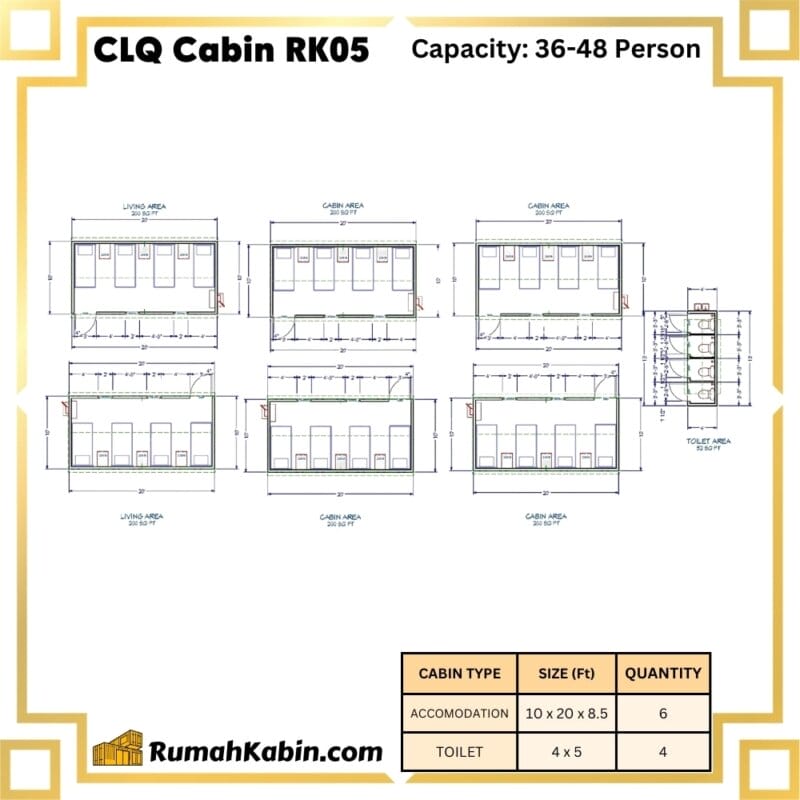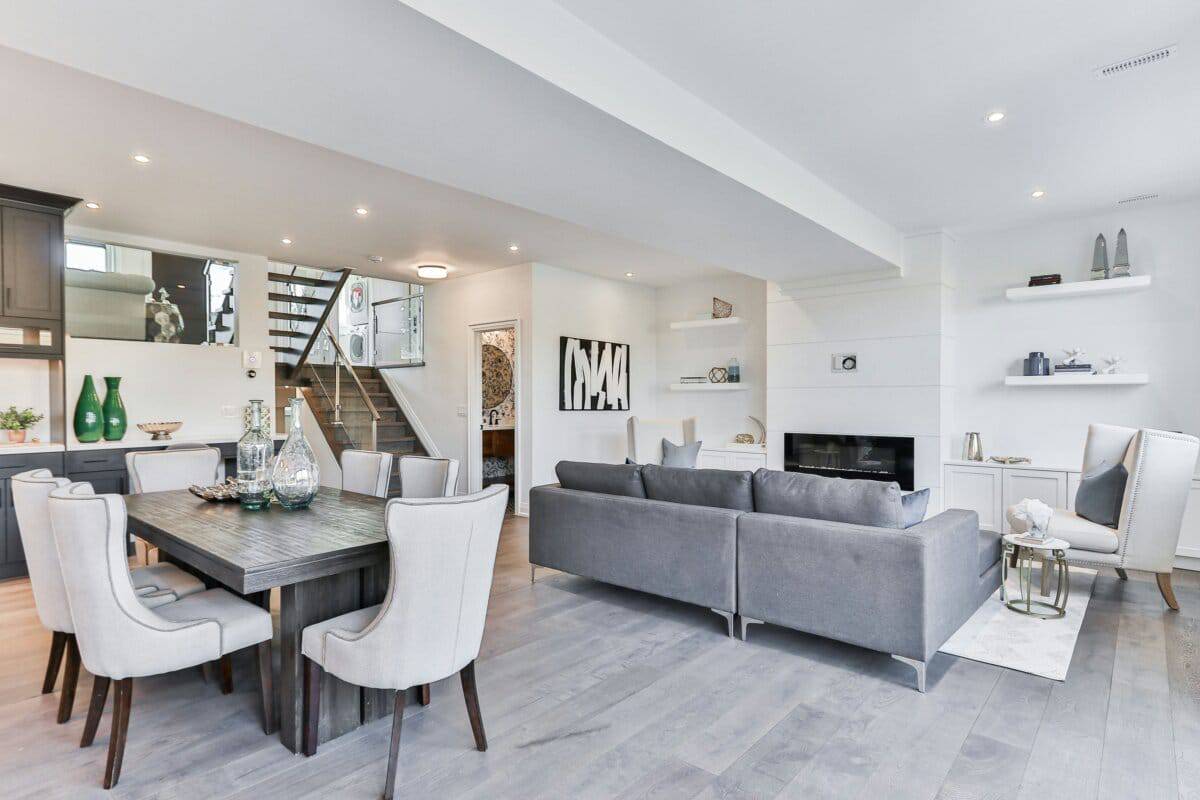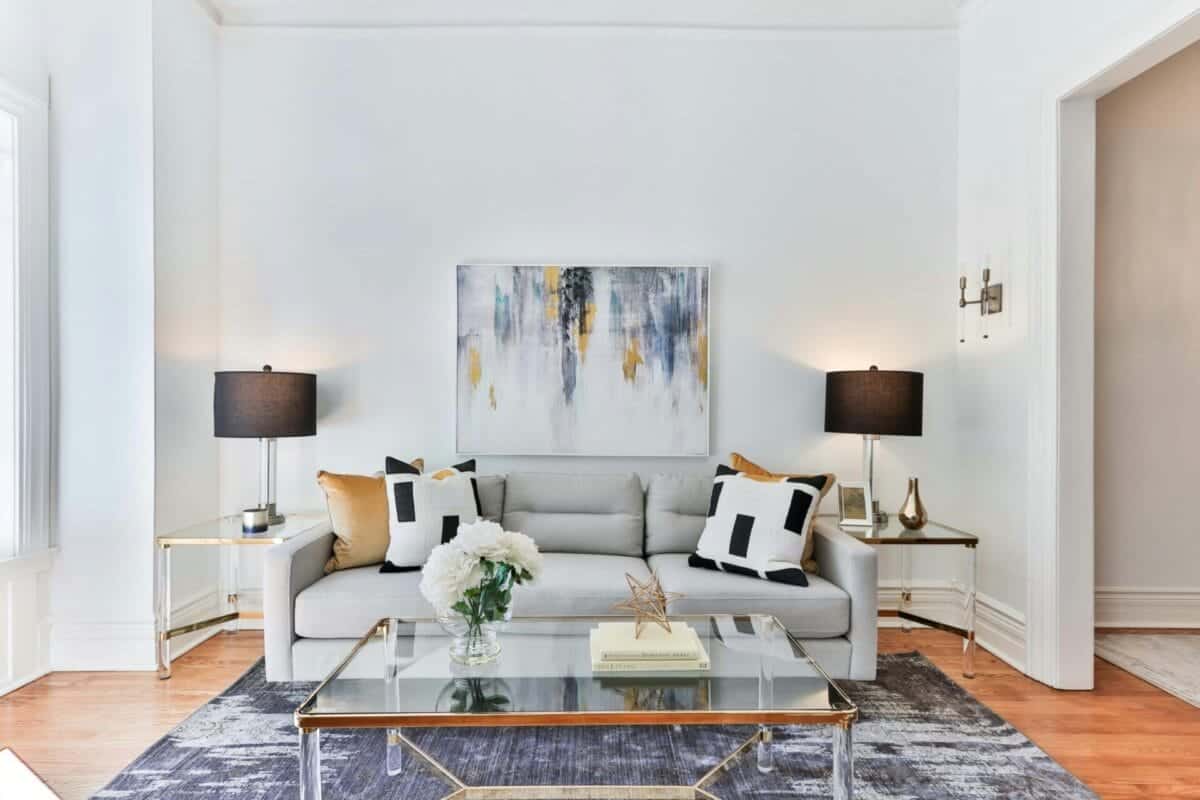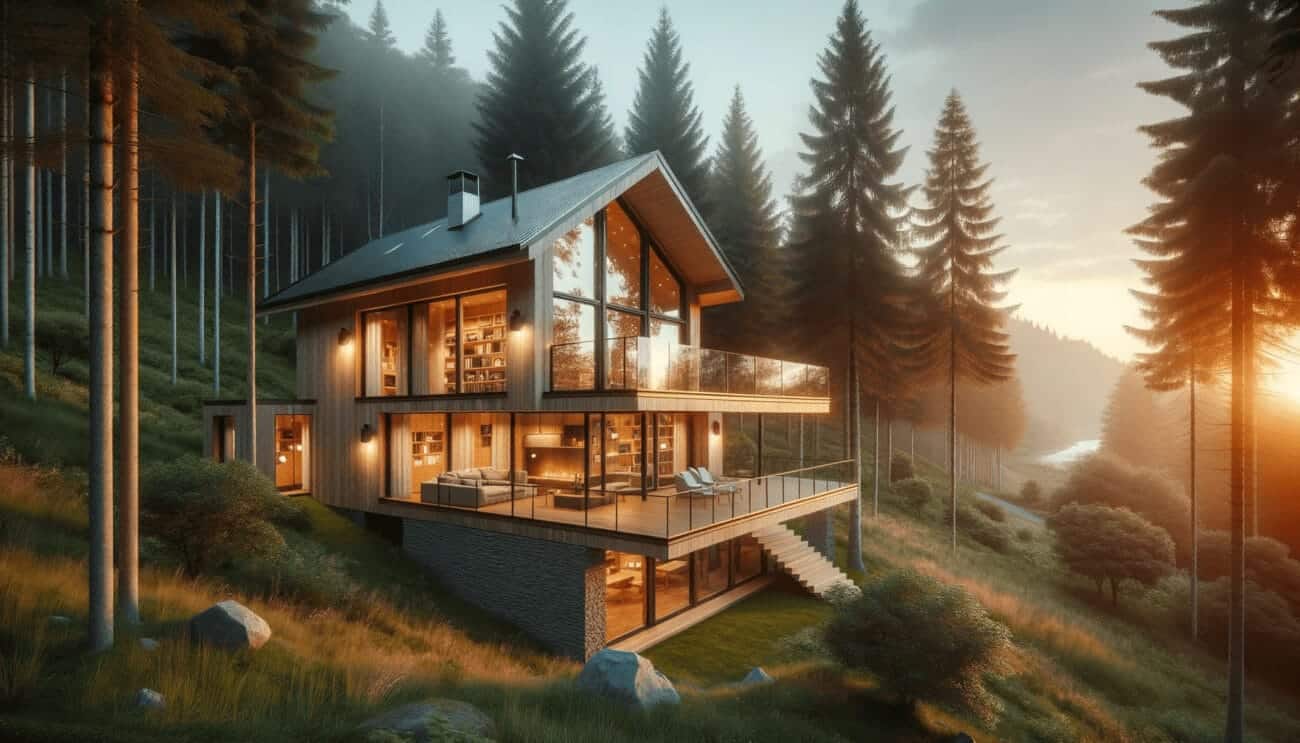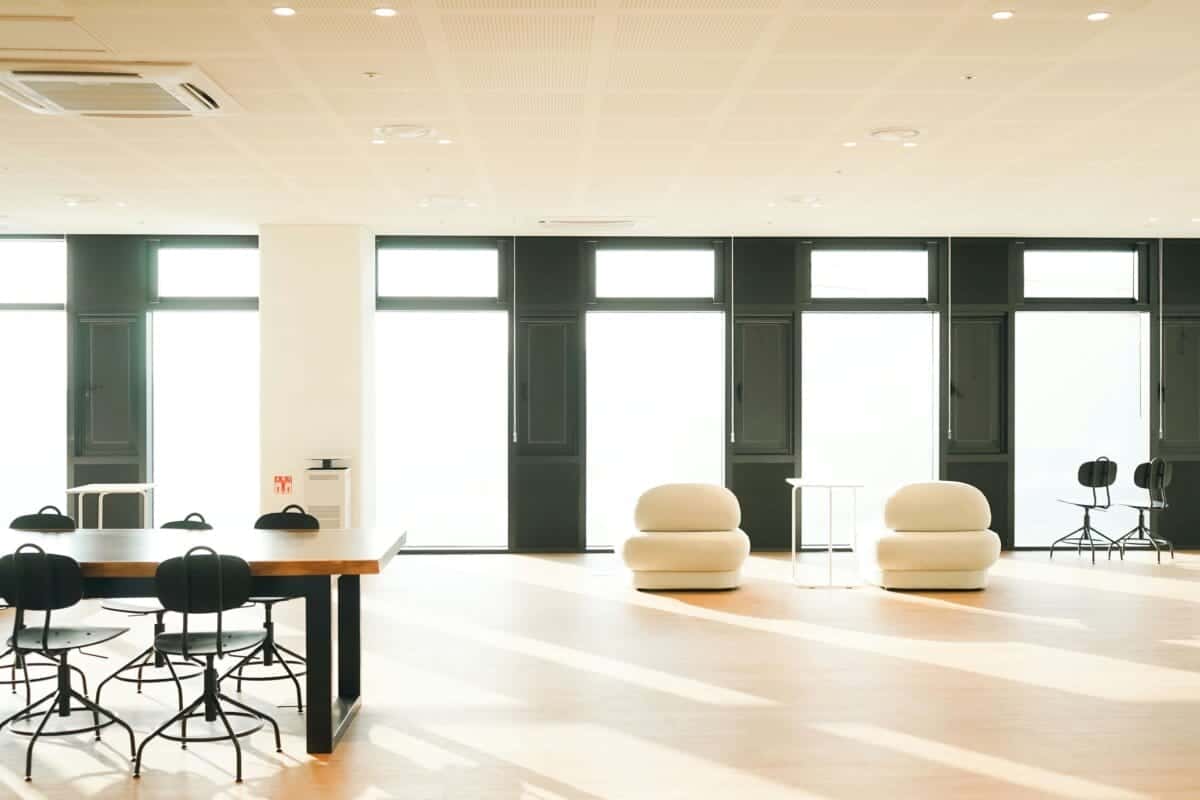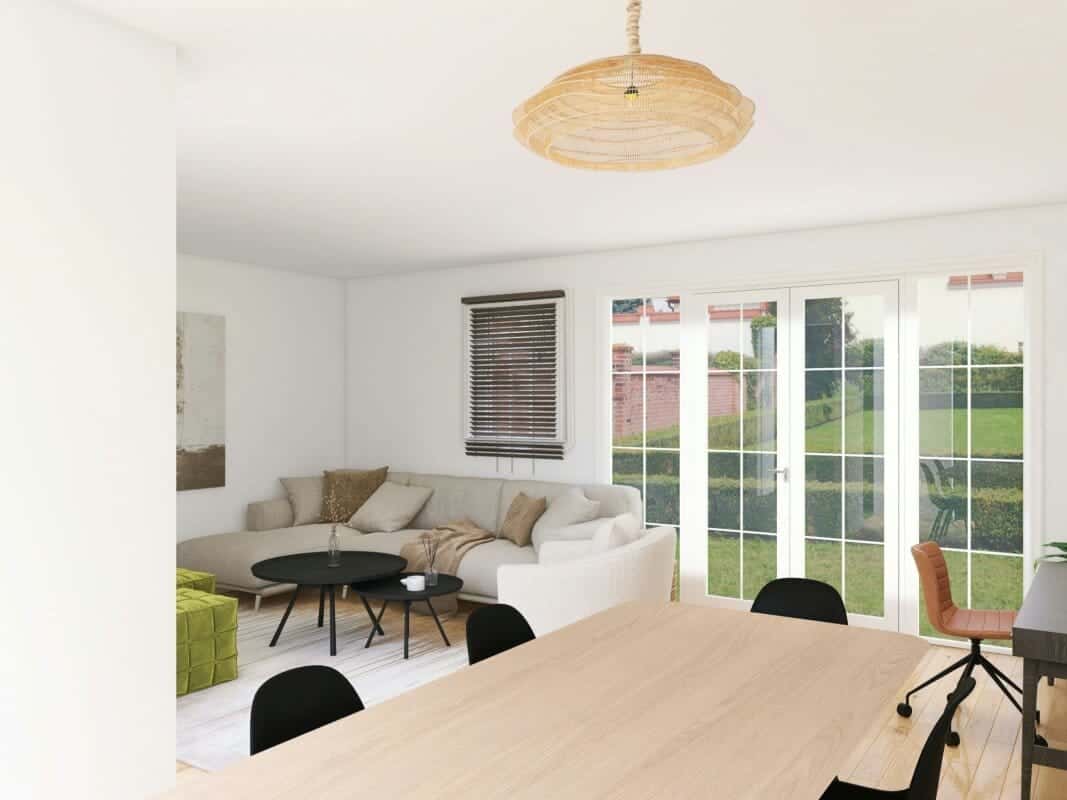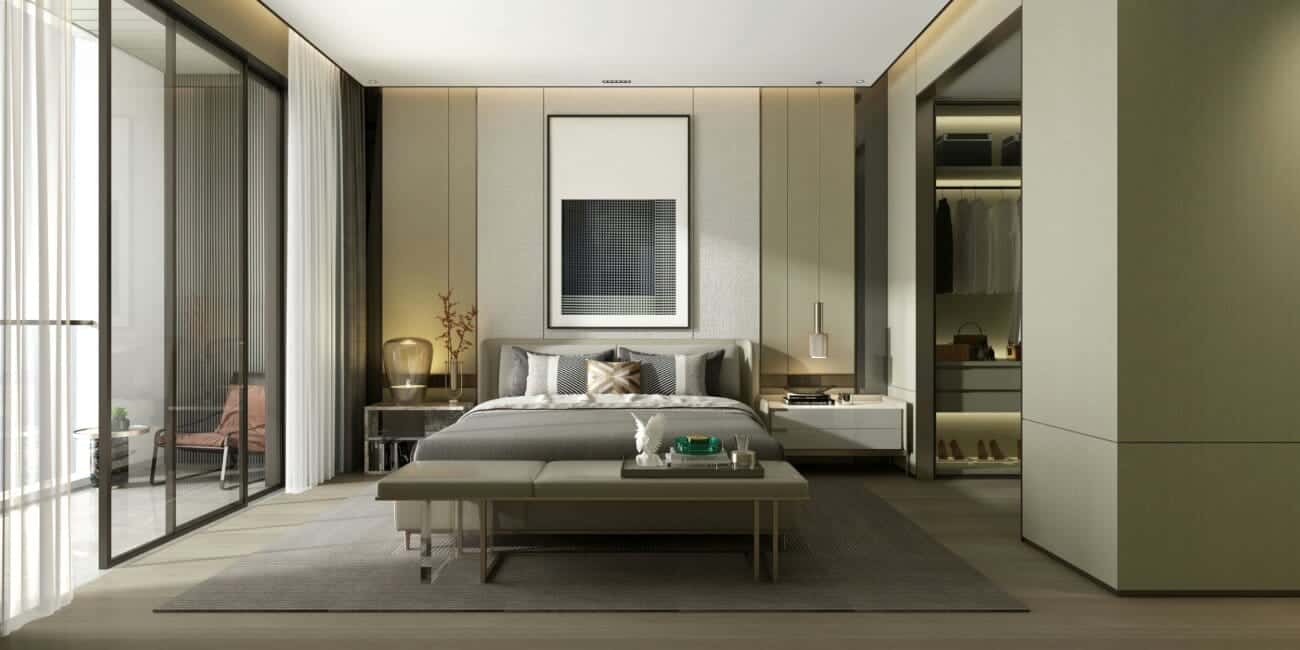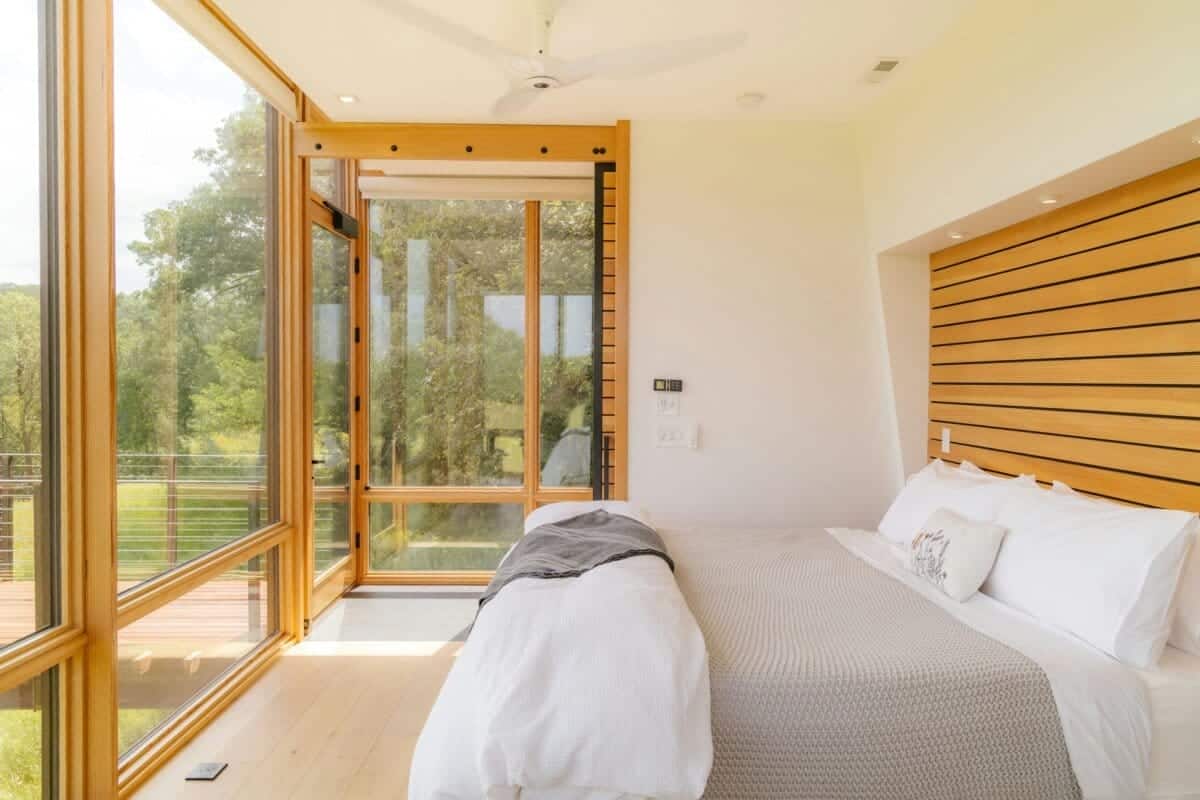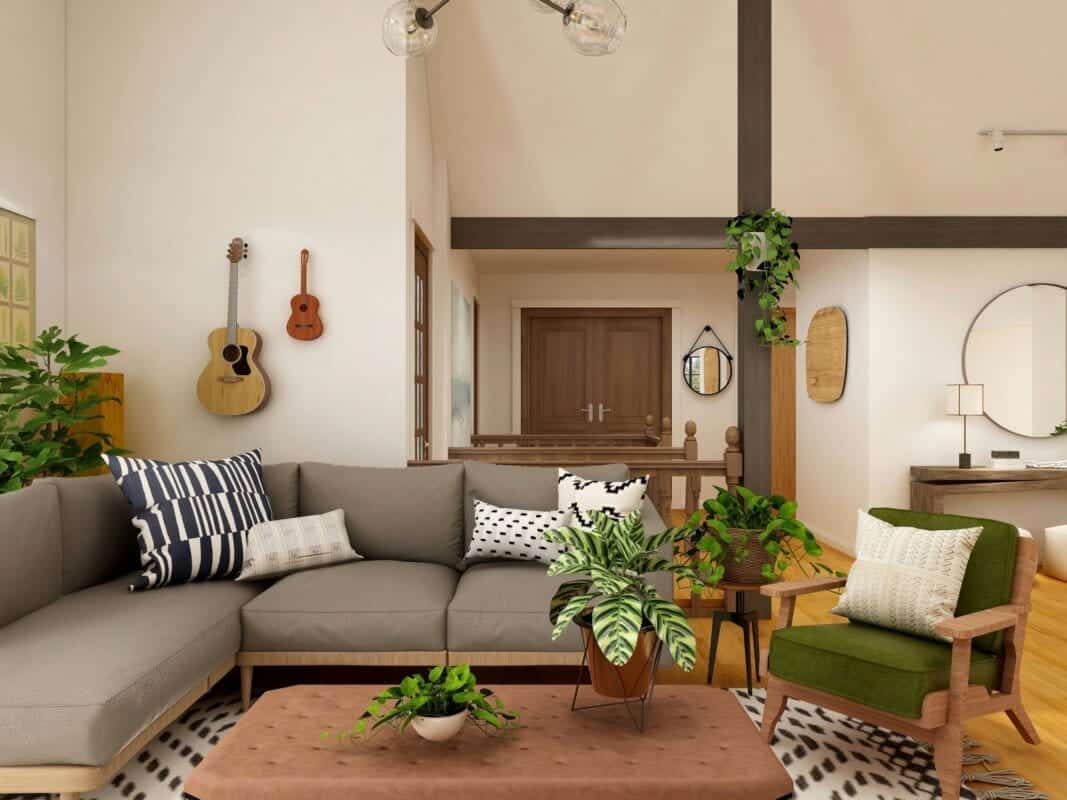
Blog
Customizable & Cost-Effective: Why Prefab Homes Are Popular
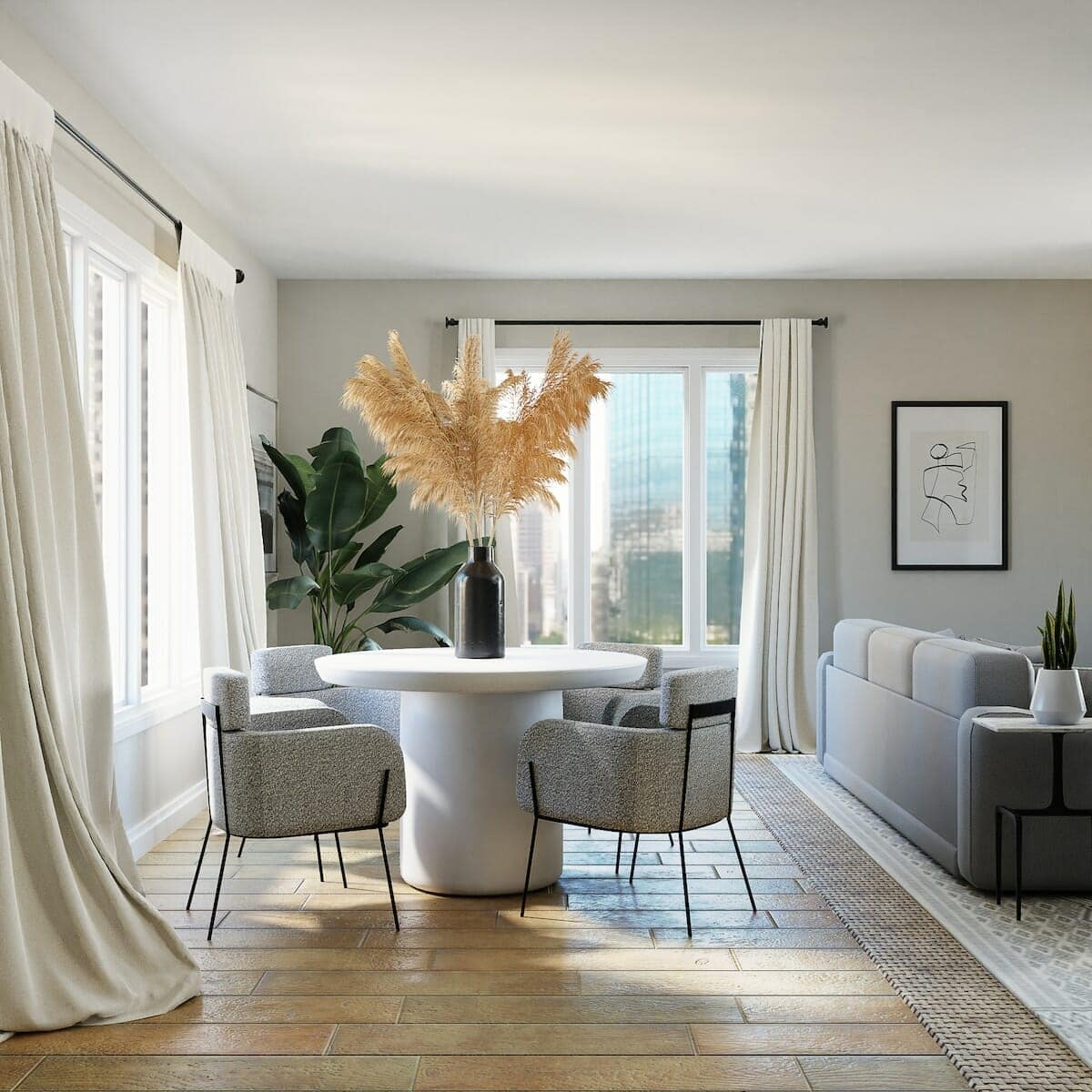
Customizable & Cost-Effective: Why Prefab Homes Are Popular
What are the main benefits of prefab homes?
Prefab homes offer many benefits compared to traditional site-built homes. Here are some of the main advantages of prefabricated construction:
- Cost savings – Prefab homes are built efficiently in a factory using assembly line techniques. This reduces construction costs by up to 20% compared to site-built homes.
- Faster construction – Prefab parts are built offsite while the foundation is prepared onsite. This allows prefab homes to be moved into place and finished in a fraction of the time.
- Customization – Prefab homes are highly customizable with various floor plans, designs, materials, and finishes to choose from. Within certain parameters, layouts can be customized.
- Quality – Prefab home parts are built in climate-controlled factories resulting in higher quality construction with less defects. Materials can be thoroughly inspected.
- Eco-friendly – Less waste is produced during prefab construction. Energy efficiency can also be optimized during the design process.
- Labor efficiency – More work is done efficiently by machines in a prefab factory compared to onsite human labor. This results in cost and time savings.
- Flexible financing – Prefab companies may offer more flexible financing and payment options than conventional construction loans.
What are the different types of prefab homes?
There are several types of prefabricated home construction:
- Modular homes – These are factory-built homes constructed in multiple sections called modules that are transported to the site and joined together. All structural and interior components are included.
- Panelized homes – Here, panels of walls, floors, roofs etc are built offsite and then assembled onsite. Panels are stronger than conventional stick framing.
- Prefabricated components – Specific home components like roof trusses, wall panels, cabinets etc are mass produced in a factory and incorporated into traditional onsite building.
- Manufactured homes – Also known as mobile homes, these are complete one-level prefab homes built on non-removable steel chassis to be transported on roads.
- Tiny homes – Small, efficient homes built on trailers that are under 400 square feet. They can be completely prefabricated or DIY style.
- Hybrid homes – These combine prefabricated components and panels with some traditional onsite stick framing for a customized hybrid.
What factors should be considered when designing a prefab home?
Some key factors to consider when designing a prefab home include:
- Local building codes – The home design must comply with local zoning, permitting and construction codes in your region. Prefab designers should be familiar with these.
- Transportation limitations – Prefab sections must be transportable on roads. Size limits vary but usually maximum widths are 16 feet.
- Foundation – A pre-prepared permanent foundation is required onsite before installation of prefab units. This must be incorporated into the design.
- Layout – Layouts should optimize the modular nature of prefab homes. Simple, rectangular layouts work best and avoid complex joints of sections.
- Openings – Door and window openings should be standardized and coordinated across units. Limiting changes reduces fabrication time.
- Roof design – Roof trusses need to be engineered to support joints between modular sections. Roofing must withstand transportation.
- Floorplans – Optimize plumbing by clustering bathrooms and kitchen. Account for stairs, hallways and storage needs.
- Materials – Use sustainable, durable materials optimized for factory assembly. Limit onsite labor needed for finishes.
How much does a prefabricated home cost compared to traditional construction?
Prefab homes generally cost 10-20% less compared to traditional stick-built homes per square foot, with many influencing cost factors:
- Base cost for a basic prefab home is $100-$200 per square foot depending on materials and amenities.
- Traditional site-built homes typically range from $150-$300 per square foot depending on finishes and location.
- Location significantly impacts overall prefab costs. Prefab installation in rural areas is cheaper than dense urban settings.
- Complex rooflines, joint detailing and non-standard shapes increase prefab costs compared to simple designs.
- Shipping costs vary based on distance from factory to site location and route accessibility.
- Foundation, site development and utility hookups are additional costs for any home.
- Prefab offers more flexibility with various levels of finish. High-end options increase costs closer to traditional construction.
- Economies of scale from established prefab factories results in lower material and labor costs.
What are the disadvantages or challenges associated with prefab homes?
Some potential downsides and challenges to consider about prefabricated homes include:
- Transportation logistics – Delivering large prefab units requires special permits and escorts. Rural sites are easier to access than dense, urban infill lots.
- Foundation requirements – A permanent foundation must be constructed precisely to match the prefab design before installation, adding time and costs.
- Limited customization – Although prefab homes offer some customization, radical layout changes are difficult compared to stick-built homes.
- Building codes – Local building codes may require modifications to prefab models that increase costs and complexity. Not all communities allow prefab construction.
- Resale value – Prefab homes may have lower resale values than conventional homes, although this perception is changing.
- Installation delays – Bad weather or site unreadiness can delay prefab home installation and push back move-in dates.
- Regional factories – Locations far from prefab factories will have higher transport costs that can offset savings.
- Repairs – Some prefab home repairs may require special components or expertise compared to standard construction.
How much assembly is required for a prefab home compared to traditional construction?
Prefab homes require significantly less onsite assembly and construction than traditional building:
- Fully modular prefab homes require only joining the modular sections and finishing interior surfaces. Little structural work is needed onsite.
- Panelized prefab systems must be fully erected onsite, including framing walls, roof panels and installing windows/doors into the panels.
- Manufactured homes require only installation on the permanent foundation and hooking up utilities.
- Partial prefabrication reduces onsite framing for walls, roof trusses and other components. These prefab pieces are joined to stick framing.
- Traditional stick-built homes require full onsite construction from the foundation up, including framing, roofing, plumbing, electrical, HVAC and insulation.
- Interior finishes like flooring, trim, cabinets are installed onsite for both prefab and traditional homes.
What are the most common materials used for prefabricated homes?
The most common building materials used in prefabricated home construction include:
- Wood framing – Kiln-dried dimensional lumber is used to frame walls, floors and roof panels. This allows efficient screw-based assembly.
- OSB structural panels – Oriented strand board sheathing adds strength and rigidity to panels for transportation.
- Steel framing – Light gauge steel studs withstand transportation well and avoid mold/insects of wood framing.
- ICF forms – Insulated concrete form panels integrate structure and insulation in one sandwich panel.
- SIPs panels – Structural insulated panels contain rigid insulation between OSB sheets. Highly energy efficient.
- Fiber cement – Durable external fiber cement board siding withstands moisture and damage during transportation.
- Vinyl siding – A lightweight, economic cladding option, vinyl comes in many aesthetic styles.
- Composite decking – Used for decking/steps. Withstands weather better than real wood.
How has prefab home technology and customization evolved in recent years?
Recent prefab home innovations include:
- Digital design – Computer aided design allows customized prefab homes through easy digital modifications.
- Flexible floorplans – Sliding/movable walls and multifunctional furniture accommodate changing space needs.
- Smart home tech – Integrated smart home automation and monitoring using apps, sensors and voice control.
- Green materials – Eco-friendly insulation, bamboo floors, recycled metal roofing etc.
- Alternative energy – Solar panels, geothermal systems and other renewable energy sources can be pre-configured in prefab homes.
- Accessories – Options like detached garages, studios and ADUs can be added for a custom package.
- Tiny homes – Compact but creative prefab designs under 400 sq ft.
- 3D printing – Early experimental 3D printed modular homes and components point to future potential.
What certifications should you look for when buying a prefabricated home?
Important certifications to look for when purchasing a prefab home include:
- ICC Certification – Confirming compliance with International Code Council residential building codes.
- CalGREEN / Energy Star – Verifying energy efficiency, renewable materials and sustainability standards for green construction in California or nationally.
- HUD Certification – U.S. Department of Housing and Urban Development compliance for manufactured housing.
- UL / ETL / CSA – Safety testing certification through Underwriters Laboratories, Intertek or Canadian Standards Association.
- ANSI – American National Standards Institute approval of testing procedures.
- NFPA – National Fire Protection Association fire safety codes compliance.
- Local codes – Evidence of approved building plans from city/county building authorities.
How can you get financing for a prefabricated home purchase?
Some financing options for buying a prefabricated home include:
- Conventional loans – Banks and credit unions may offer traditional construction loans and mortgages for prefab homes built on permanent foundations.
- Manufactured home loans – Specialty loans for factory-built manufactured homes not on foundations, often with higher rates/fees than conventional mortgages.
- Personal loans – For smaller prefab dwellings like backyard studios or tiny homes, personal loans can provide flexible financing.
- Prefab company loans – Some prefab builders offer in-house financing options with competitive rates.
- Cash – Paying cash up front is an option for certain tiny prefab homes or shell components built over time.
- Refinancing – Existing home loans can potentially be refinanced at better rates/terms to finance prefab projects.
- VA/USDA loans – Qualified buyers can utilize Veterans Affairs or Department of Agriculture backed loans.
Key Takeaways
- Prefab homes provide cost, time, quality and customization benefits compared to traditional construction. Factory assembly enhances efficiency.
- Options range from complete modular homes to hybrid models incorporating prefabricated components, panels, and stick framing.
- Cost savings around 10-20% are typical for basic prefab home models, but many variables impact overall costs.
- Transportation logistics and stringent code compliance present challenges for prefab homes in some areas.
- Less onsite construction labor is needed for prefab, cutting build time significantly. Materials are optimized for offsite assembly.
- Digital design tools, smart home tech and green building materials are enhancing prefab home flexibility and innovation.
- Credible building code certifications should be confirmed when purchasing a prefab home. Financing options continue to expand.
Conclusion
- Prefabricated homes are a smart, eco-friendly housing option combining efficiency, quality, and customization.
- Factory built homes offer advantages over conventional construction in cost, time, sustainability, and consistency.
- From modular to panelized to hybrid models, prefab continues to evolve and optimize offsite assembly techniques.
- While challenges like transportation logistics exist, the benefits often outweigh drawbacks, explaining the rise in prefab popularity.
- Ongoing prefab home innovation ensures growth in customizable, quality dwellings that consumers can personalize.
How do prefab and modular homes compare in quality to traditional site-built homes?
Prefabricated and modular homes offer comparable or superior quality compared to traditional site-built construction:
- Factory quality control – A controlled factory setting allows for greater oversight over each step of construction and thorough inspection before transport. This reduces flaws, mistakes and the need for rework onsite.
- Precision fabrication – Computer-aided design and automated equipment produce components with tighter dimensional tolerances and less variance than human construction. Standardized fabrication optimized for assembly improves precision.
- Trained workforce – Factory workers specializing in specific roles develop expertise through repetition, improving process refinement and quality consistency. More efficiency and precision than onsite subcontractors.
- Protection from elements – Factory conditions prevent damage from rain, moisture, sunlight etc. that can occur with exposed outdoor site-built construction over months. This prevents mold, warping and deterioration.
- Tested materials – Prefab factories rigorously test building materials and products for quality assurance before purchasing in bulk for production. Only proven, resilient products are selected.
- Efficient inspections – In a factory, inspectors can swiftly move from unit to unit checking electrical, plumbing, fire stopping, structural integrity etc. No delays waiting for site access or reinspections.
- Warranties – Prefab builders often offer more extensive structural warranties on their homes than conventional site builders. This demonstrates confidence in superior quality.
How do you secure permits and ensure prefab home designs meet local codes?
- Research local zoning ordinances, building codes and architectural review board requirements upfront before design. Many municipalities now allow prefab construction but some restrictions exist.
- Work with an experienced prefab architect or home designer familiar with jurisdictional regulations. They can design compliant models or modify existing plans.
- Do not assume a pre-approved design works everywhere. Even if a plan complies statewide, some local amendments may apply for seismic zones, snow loads, transportation limitations etc.
- Submit detailed stamped architectural plans, engineering calculations and 3D renderings to local building departments for plan review and permit approval before purchasing or prefabricating.
- Ensure the prefab builder will provide third party quality control inspections and certifications by qualified inspectors to meet local inspection criteria.
- Some cities want additional site inspections for foundation, electrical, plumbing and framing before wrapping up permit sign off. Coordinate these with your prefab installer.
- If required, have an architect of record based locally to coordinate permitting and inspection and make minor modifications to existing prefab designs.
- Be prepared for a lengthy permitting and review process for the first prefab home in a city. Once codes departments gain experience with prefab construction, approval for additional models gets faster.
What major differences are there between onsite and offsite prefabrication of homes?
There are several key differences between onsite and offsite prefabrication:
Onsite Prefab:
- Components like wall panels, trusses and other modules are pre-assembled at the building site rather than transported.
- Construction staging, equipment, cut stations and assembly jigs are set up onsite or nearby. This requires space.
- Much onsite pre-assembly occurs after foundation and first floor framing are complete.
- Site conditions and weather still impact quality since prefab components remain exposed until assembled.
- Construction traffic and neighborhood impact can be high with onsite prefab staging over a prolonged period.
Offsite Prefab:
- All components and modules are built inside a remote factory facility under controlled conditions.
- Components are protected from weather and transit damage during delivery to the site.
- A finished foundation must be completed before installing the prefab units.
- Construction duration onsite is greatly reduced compared to onsite prefab since units just need connecting and finishing.
- Impact on the site and neighborhood is minimal. Installation of a prefab home can often occur in days.
- Offsite prefab requires extensive logistical coordination for wide load transportation, cranes and installation.
How can you customize the design of a prefabricated home?
There are several ways to customize a prefabricated home design:
- Work with the prefab company’s in-house designers to make modifications and create customized versions of standard plans. Changes may be limited by manufacturing constraints.
- Use flexible design elements like movable walls, multi-purpose rooms, and modular furniture to accommodate evolving space needs. These adapt over time.
- Incorporate add-ons and accessory units like detached garages, guest cottages, studios, and workshops. These can be optionally customized and combined with the core home.
- Blend prefabricated components like wall panels with conventional framing for a hybrid building system. This allows greater flexibility for extensions and custom spaces.
- Select unique exterior finishes and claddings like brick, stone, and innovative sidings to personalize outward appearance.
- Upgrade interior fixtures, floors, cabinets, and finishes to premium customized options. This injects personality.
- Integrate smart home technology, renewable energy systems, and home automation based on your lifestyle.
- If designing from scratch, use an architectural firm specializing in prefabricated homes. They understand both design creativity and manufacturing constraints.
How stable and durable are prefabricated homes compared to site-built houses?
Prefabricated homes are generally equal or superior in stability and durability:
- Rigorous computer-aided engineering ensures structural integrity, optimizing the precision assembly of modules and components.
- Steel chassis and enhanced foundation ties stabilize manufactured homes against high winds and seismic events.
- Sturdy shipping materials like structural insulated panels and thick steel frames prevent damage during transportation to the site.
- Durable exterior claddings like fiber cement and composite siding resist moisture, impact, pests, and fire better than conventional wood siding.
- Factory sub-assemblies and panels consolidated into modules undergo thorough stabilization procedures and testing before shipping. This prevents looseness or detachment.
- Impact-resistant window glazing, heavy-duty hardware, and reinforced doors withstand the rigors of transportation and resist breakage.
- Multi-point quality assurance checks at the factory verify all structural connections, fasteners, and equipment function properly before final acceptance.
- Most prefabricated home companies offer enhanced structural warranties spanning 10-30 years, asserting confidence in durability.
Key Takeaways
- Factory quality control procedures result in prefab homes meeting or exceeding the construction quality of traditional site-built housing in several ways.
- Working with local prefab specialists ensures home designs meet the specific codes and regulations of your jurisdiction through proper permitting.
- Offsite prefabrication maximizes quality and efficiency benefits compared to onsite modular assembly which retains some site-built limitations.
- Despite inherent customization restrictions, today’s prefab homes can be personalized in layout, aesthetics, functionality and technology via several strategies.
- With rigorous computer-aided engineering and robust materials, prefab homes match or surpass the structural stability and durability of conventional homes.
Conclusion
Prefabricated homes offer a number of quality advantages over site-built homes thanks to optimized factory conditions and precision manufacturing.
- Local prefab experts can navigate zoning, permitting, and inspections to ensure homes comply, while customizing designs to client specifications.
- Shifting complex construction offsite into a controlled setting boosts quality markedly compared to onsite pre-assembly.
- Homebuyers can inject personal style into prefab homes through numerous customization avenues in finishes, accessories, layouts, and tech.
- Stability and durability also benefit from offsite engineering rigors and transport-ready materials, equalling or besting standard construction.
- As prefab methods advance, homebuyers can gain the combined advantages of customization, quality, and affordability.
Kontraktor Rumah Kabin
Rumah Kabin Murah
Rumah Kontena Vs Rumah Kabin
Rumah Kabin Pasang Siap
Senarai Harga Kabin di Malaysia
Heavy Duty Cabin
Light Duty Cabin
